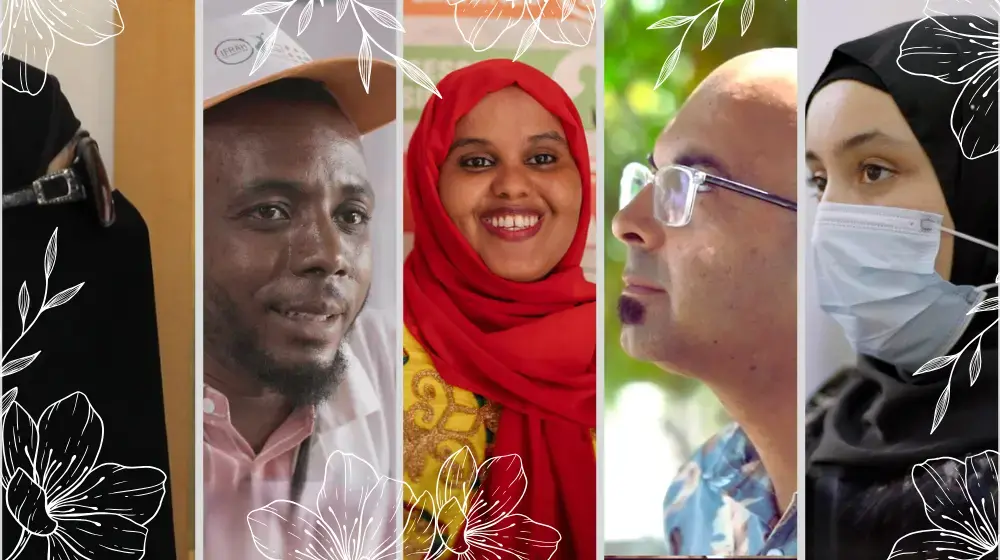UNITED NATIONS, New York – Around the world, Valentine’s Day is a celebration of love, romance and commitment – an occasion, perhaps, to get engaged or married. But for millions, what should be a joyous moment is not the stuff of fairy tales. Too many women and girls were married off before they reached 18 – many forced to leave school, exposed to violence and pressed into parenthood before they were ready physically or emotionally.
Child marriage is a human rights violation that often ensnares the most vulnerable, impoverished and marginalized girls. But it is also calamitous for communities and societies, locking child brides and their families in a cycle of poverty lasting generations. Ending child marriage – enabling girls to complete their educations, postpone motherhood, find gainful employment and fulfil their potential – could generate billions of dollars in earnings and productivity, research finds.
This Valentine’s Day, as in previous years, UNFPA calls on the world to end child marriage. Below are seven facts about the issue; stronger awareness of its pervasiveness globally and its consequences may help leaders – as well as young people themselves – achieve the Sustainable Development Goal of ending the practice once and for all.
1. Child marriage is common and takes place in every corner of the world
More than 650 million women and girls alive today were married or in informal unions before their 18th birthday. (Child marriage is defined as marriage or union with either or both spouses younger than 18.) Globally, 19 per cent of women between the ages of 20 and 24 were married to and/or living with a partner before age 18. And while child marriage is most prevalent in low- and middle-income countries, no country is unsusceptible.
Not all child marriages and unions are the result of parents’ or guardians’ decisions – adolescents make that choice as a way to exercise independence, escape difficult circumstances, including desperate poverty or family violence, or because they view it as the only way to be sexually active given restrictions on sex outside of marriage.
Though not legally wed, 16-year-old Gabriela* lives with her 36-year-old partner in Brazil in an informal union. “I decided to live with him because the husband of my mother didn’t like me and didn’t accept me in his house,” she said. While Gabriela has managed to remain in school, which is not often the case among child brides, she has had to make other adjustments. “He is a little jealous, so it affected my relationship with family and some friends,” she said. “When I was single, I could do whatever I wanted. Now, I have to be respectful to my partner.”
Advocates, from faith leaders in Zanzibar and rights activists in North Macedonia to community leaders in Mozambique and teachers in Malawi, are fighting the practice, too.
2. Progress is being made – but not enough
The good news: Global child marriage rates are slowly falling. Child marriage has declined across most regions in the last 25 years, with accelerated progress in certain high-prevalence regions over the past decade.

The troubling news: Unless such efforts are accelerated, decreases in the number of girls being married off will not keep pace with population growth. The gap in prevalence between the richest and poorest households has widened in most parts of the world. And COVID-19, which has disrupted efforts to end child marriage and caused wide-reaching economic consequences, is expected to result in an additional total 13 million child marriages between 2020 and 2030 that otherwise would not have occurred.
Police, child protection services, hospitals or helpline records hint at the impact of COVID on child marriage. In Bangladesh, for example, there was a four-fold increase of violence-related calls to a child helpline, with the number of calls reporting cases of child marriages rising during the pandemic period of April - June 2020. In April 2020, the helpline received 450 calls related to cases of child marriages whereas the month before the number was 322. Similarly, calls to a child helpline in India spiked 50 per cent, and interventions by social workers prevented nearly 898 child marriages during the pandemic period.
3. Child marriage often rises in humanitarian settings
Conflict, displacement, natural disasters and climate change exacerbate the drivers of child marriage by destroying livelihoods and education systems, by increasing the risk of sexual violence and spurring concerns for girls’ safety and family honour. Overall, child marriage in situations of fragility is nearly two times higher than the world average.
Marriage in these contexts can look different. For example, transformations in family structures and support systems among Syrian refugees have led to the erosion of traditional norms and restrictions as they interacted with more liberal host communities. Families were more willing to keep girls in school and allow them to work. Such shifts led to changes in traditional marriage practices, such as reduced grandparent involvement and marriages between cousins replaced by marriages outside of family.
4. Ending child marriage is surprisingly affordable
In November 2019, UNFPA released a joint study with the Johns Hopkins University, in collaboration with Victoria University, the University of Washington and Avenir Health, assessing the price tag to end child marriage in 68 countries that account for about 90 per cent of cases. Ending child marriage in these countries between 2020 - 2030, researchers concluded, would cost just $35 billion. The report put the cost at averting a child marriage at $600 — about the price of some luxury sneakers.
The $35 billion investment – in educational interventions, empowerment initiatives, life skills trainings and programmes that change social norms around child marriage – would prevent approximately 58 million child marriages. On top of that, girls spared early marriage can “make a more productive contribution to the household enterprise,” yielding significant benefits to their communities over time.
5. Child marriage is almost universally banned
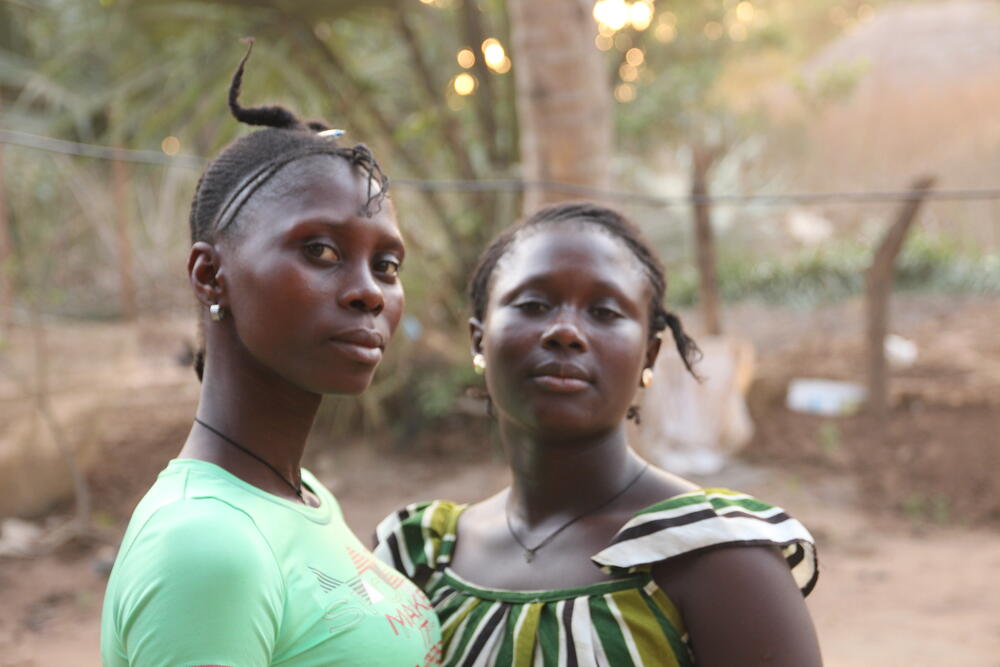
Two of the most broadly endorsed human rights agreements in the world, the Convention on the Rights of the Child (CRC) and the Convention on the Elimination of All Forms of Discrimination against Women (CEDAW), prohibit child marriage. Together, these treaties have been signed or ratified by almost every country.
Yet around the world, national or local laws enable different interpretations of this agreed principle. Many countries permit child marriage to take place with parental consent or under religious or customary law, for example. Around the world, many marriages are not legally registered.
Even in places where child marriage is illegal, enforcement is lax. The legal age to wed in Eritrea is 18, but that hasn’t prevented families from defying the law. To avoid marriage to a man thrice her age – her former elementary schoolteacher – Fatma Hamid went into hiding, managing to finish high school and eventually earn a college degree in biology.
And even though Guinea-Bissau has signed both the CRC and the CEDAW, as well as the Maputo Protocol, children can wed with consent of a parent, guardian or court. When her parents tried to marry her off at 14 in 2008, Ana Kabi walked more than 20 kilometres to reach an evangelical church known as a safe haven for girls fleeing forced marriage. “The reason for early marriage in our communities is justified by the parents as being related to cultural and economic aspects,” said Pastor Abdu Cassamá. “And due to ancestral beliefs, they sometimes resort to firearms to try to recover their girls in the church.”
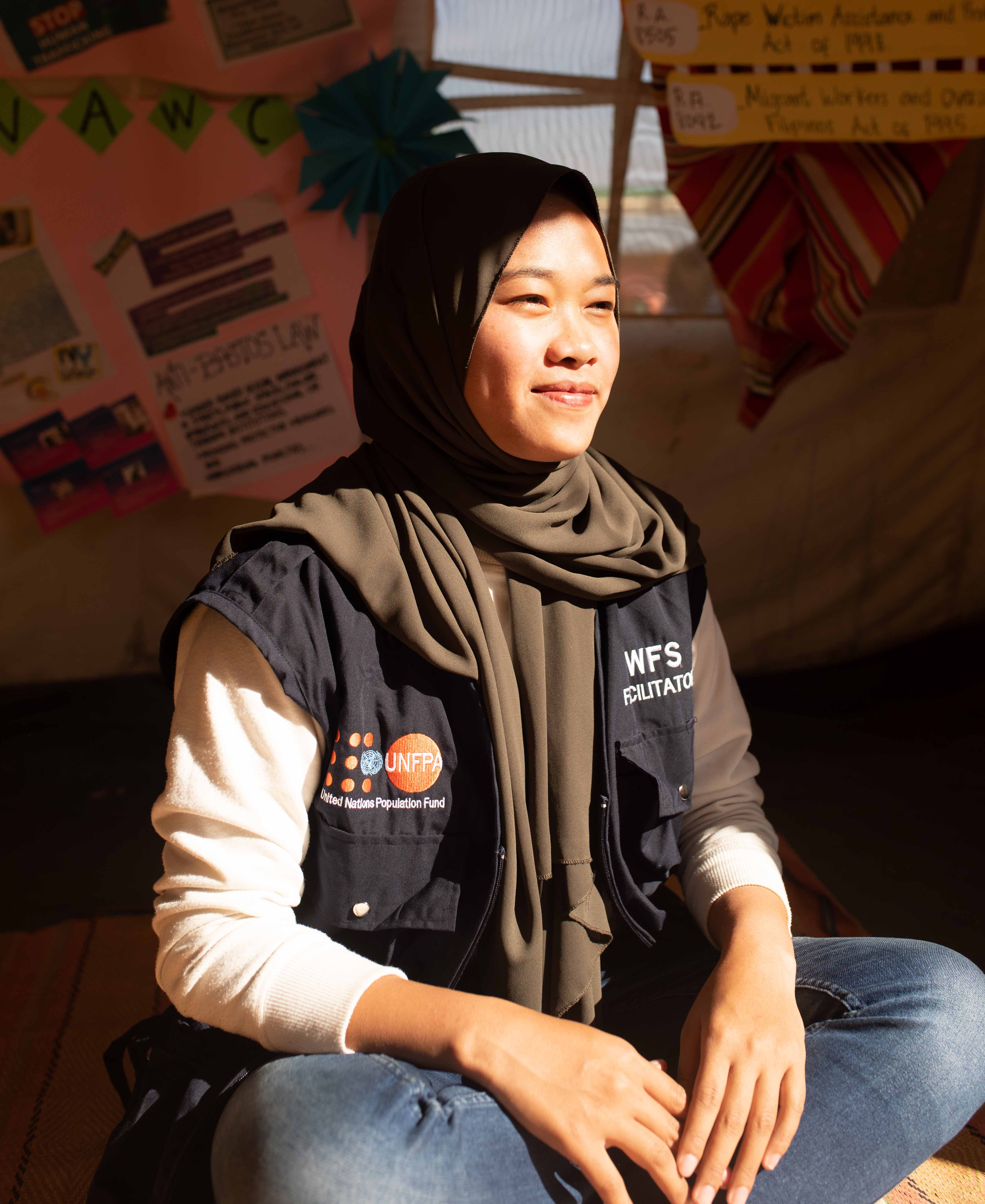
Still, there are signs the world is moving in the right direction. In the past three years, the Philippines, the Dominican Republic and six U.S. states have banned the practice. Indonesia has committed to ending the practice, Mozambique’s Parliament approved legislation outlawing it and England and Wales have made strides in raising the minimum age of marriage to 18.
6. Child marriage and teen pregnancy are closely – and perilously – linked
Child marriage is often a precursor to early pregnancy. In developing countries, girls who are married account for a majority of adolescent births. These early pregnancies pose serious health risks to girls whose bodies may not be developed enough for motherhood. Globally, complications from pregnancy and childbirth are the leading cause of death among girls between the ages of 15 and 19.
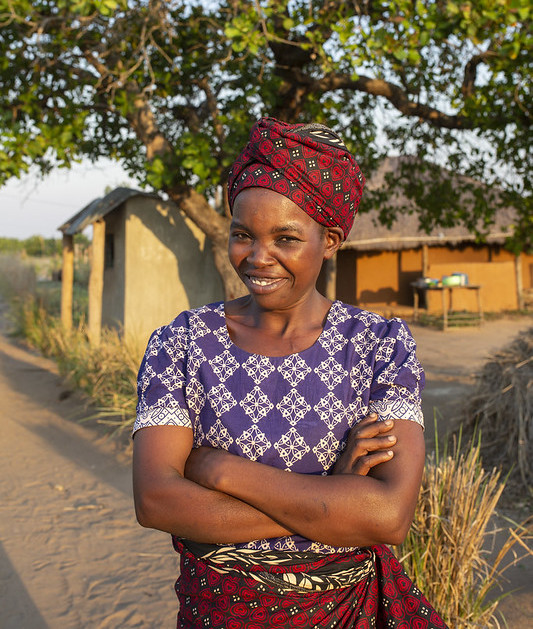
Beatriz Sebastião in Mozambique got pregnant at 15. Living far from a hospital, she was in labour for three days by the time she reached medical care. The baby was stillborn, and Ms. Sebastião suffered the devastating childbirth injury of obstetric fistula, which would make her a social outcast for nearly six years until she had reconstructive surgery.
Injuries can also be inflicted. Married at 12, Ghada* in Yemen had her first child, a daughter, at 13. Ghada’s husband wanted a son and punished his wife by abusing her physically and emotionally. Her second child was a boy but by her third pregnancy at 15, Ghada felt so hopeless, she tried taking her life. Aided by a UNFPA-supported safe space, she left her husband and at age 16, is rebuilding her life with her three children.
On the flip side, early pregnancy also puts girls at risk of being married off. Girls may be forced to marry the father of their baby – even a rapist – to spare their families the stigma associated with unmarried pregnancy, or in order to try to ensure her financial security and that of her child.
When Yensen Nyirenda in Malawi found herself pregnant at 15, local custom dictated that she move in with the baby’s 17-year-old father, who became abusive within months. Her in-laws, who had paid a bride price for her, refused to let her leave. “In our culture, it is a disgrace to the family and the community at large to walk away from marriage when you are a girl or woman,” she said. “You are treated as an outcast or a person of loose morals.” Ms. Nyirenda eventually found a way to leave and is juggling the duties of a mother and student.
7. Empowering girls is vital to ending child marriage
Many changes are required to end child marriage, including strengthening and enforcing laws against the practice, advancing gender equality and ensuring community commitment to girls’ rights.
But young people must also be empowered to know and claim their rights. This means they must be given accurate information about their sexual and reproductive health, opportunities for education and skills development and platforms for participation and engagement in community and civic life.
Such information and opportunities can be life-changing. With knowledge, vulnerable young people, including girls, can advocate for themselves and even persuade their families to cancel or delay engagements.
In Nepal, Bidhya Sahani’s financially strapped family needed help around the house so she had to leave seventh grade. They also had plans to marry her off. But radio programming on preventing child marriage known as Rupantaran (meaning “transformation”) taught Ms. Sahani about her rights. “I was determined to continue school,” she said. She not only convinced her parents to let her return but also “when I discovered my parents’ plan to marry me off, I protested and was able to stop it.”
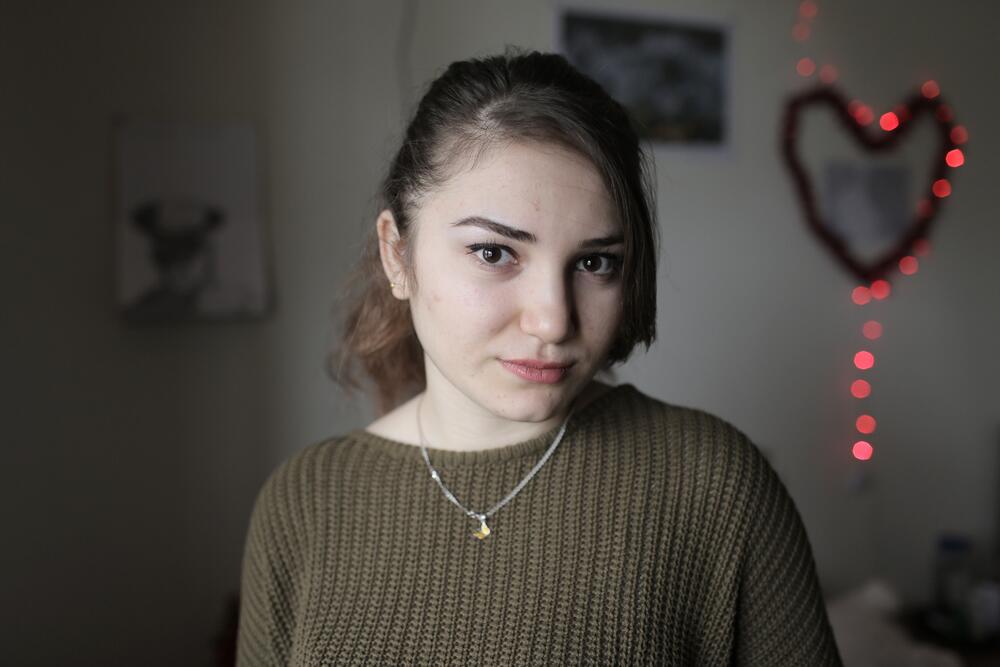
Chinara Kojaeva in Georgia escaped child marriage not once but twice. “I was 14 when they wanted me to marry off for the first time,” she said. “When I became 17, they almost got what they wanted. But my life is not theirs to decide. I prefer to take time and make my own steps.”
UNFPA works with partners and communities around the world to educate and empower girls, and to raise awareness in communities about the dangers of child marriage. The UNFPA-UNICEF Global Programme to Accelerate Action to End Child Marriage works in 12 countries with high prevalence of child marriage. Between 2016 and 2019, some 7.2 million girls were empowered through the Global Programme, and more than 30 million people were reached through media messages, community dialogues and other advocacy.
Many girls have become advocates in their own right. Some have sought – and gotten – justice. In Madagascar, where two of five girls marry before 18 (and 13 per cent of women between the ages of 20 and 24 are married before 15), Narindra Solonjanahary* filed a complaint against her mother, who forced her to marry at 15, and her abusive husband, who was three times her age and already married in exchange for financial support. Early on, Ms. Solonjanahary secretly went to family planning services at a youth centre to avoid early pregnancy and came to learn that forcing an underage girl to wed was illegal. Her husband was sentenced to 10 years in prison; her mother received a three-year suspended sentence. “My mother asked for forgiveness and made other mothers aware of the rights of girls facing this practice,” she said. The former child bride is back in school and has become a peer educator at the youth centre, helping other girls avoid her fate.
Fourteen-year-old Ruth* in Northern Uganda, too, is raising awareness about the harmful practice as part of the UNFPA-supported Agile Empowerment and Livelihood for Adolescent (ELA) club for adolescent girls. When she refused her mother’s command that she marry a 35-year-old man offering two goats and some money, Ruth was banished from the house and moved in with a club mentor. “My dream is to become a pilot. I am going to study hard,” Ruth said. “I will be a powerful and great woman to fight child marriage, defilement, teenage pregnancies and gender-based violence.”
*Names changed for privacy and protection
A version of this article was published on 1 February 2020. It is being re-released with new information and updated data.


